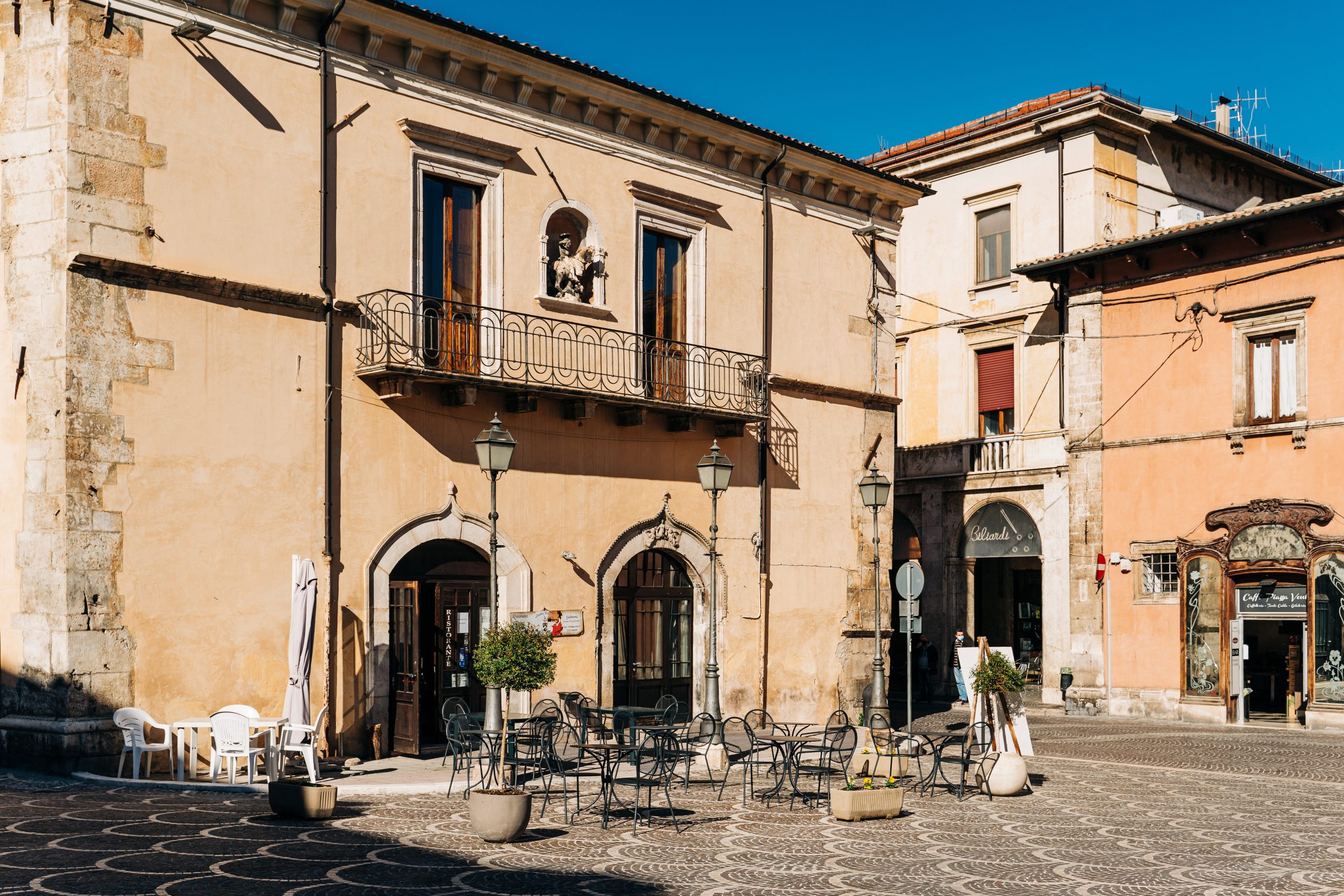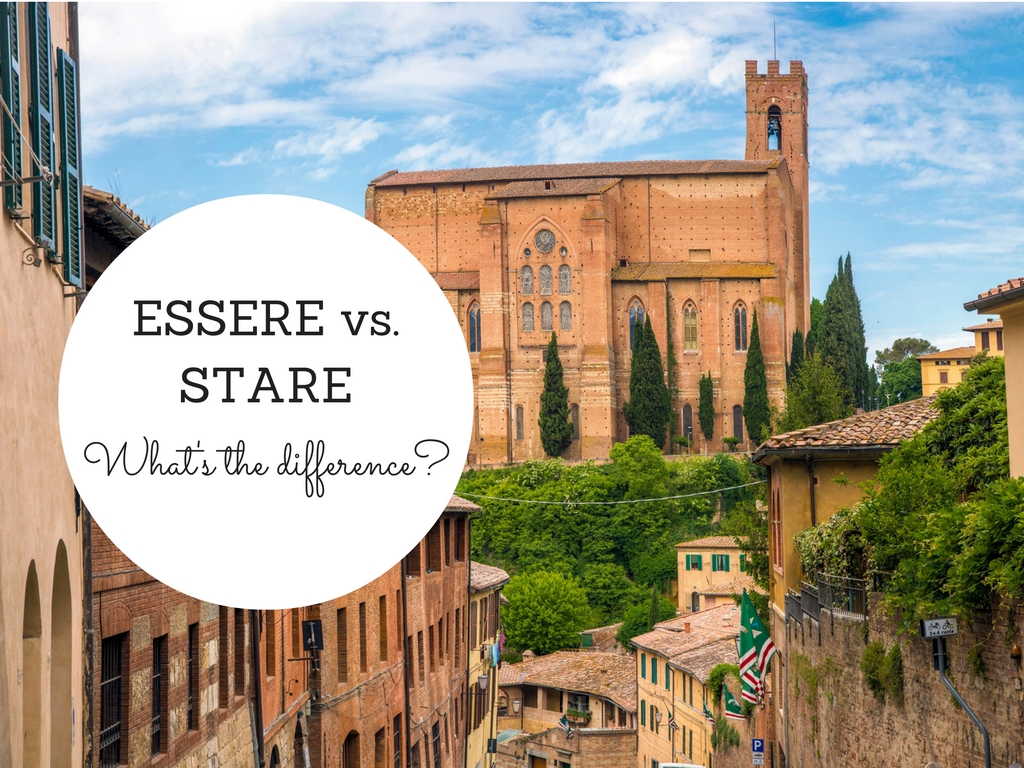Blog
10 Italian Slang Words You Won’t Find in Textbooks
Do you want to sound more natural when speaking Italian? No matter you are new to the beauty of the bella lingua or you have already spent several years studying it, these 10 useful slang expressions, will help you to speak Italian more like a native...
How to Write a Formal (or Informal) Email in Italian
Whether you need to write an email to your Italian neighbor or prepare for your Italian Language Certification exam, this guide will help you do just that. Writing an email in Italian is not so difficult. All you need is following this structure: Standard greetings...
The 25 Most Popular Italian Sayings About Life and Their Meanings
Learning sayings in Italian may not only help you with your learning but also give you an insight into the culture of Italy. There are many Italian sayings that are used in everyday life; Most Italian proverbs have clear cultural or regional boundaries, making them...
Telling the Time In Italian: A Simple Guide
First, the word "time" has two primary translations in Italian: tempo and ora. Tempo denotes the abstract idea of time (Il tempo vola = time flies) Ora is instead the the, by the clock (che ore sono? = what times is it?) How to Say "What Time Is...
Italian Imperative. A Simple Guide.
What's the imperative in Italian? The Imperative form in Italian is used to: Tell people to do something Give commands Offer exhortations Advise or invite someone to do something In essence, the imperative is used to tell people what to do things. Consequently, it is...
Essere and Stare: The Difference.
Are essere and stare different? Are essere and stare different? Yes. While essere means 'to be,' stare means both 'to stay' and 'to be,' but it is mostly used to mean 'to stay' or 'remain.' So, we can generally say...
Lì and là? Qui and qua? The Difference.
Understanding Italian Location Words: Lì, Là, Qui, and Qua If you've ever felt confused about whether to use lì, là, qui, or qua when speaking Italian, this post is for you. Let's get straight to the point. Is there a significant difference?...
Italian Present Tense (Presente Indicativo): Complete Guide With Conjugations, Uses & Example
What's the present indicative tense in Italian? The Italian present tense (presente indicativo) has four main uses: To describe actions happening right now: Marco mangia una pizza. (Marco is eating a pizza.) To express general truths or habits: Gli...
Italian Adjectives & Expressions to talk about someone’s Personality
Describing someone's personality in one's native language is difficult enough, let alone in a language we don't know well. Adjectives are commonly used to describe someone's personality. I've created a list of some of the most basic Italian adjectives to...
7 ways to say you’re welcome in Italian
How many different ways do you know to say "you're welcome" in Italian? If you think prego is the most common, you might be surprised to learn that there are six other ways to say it. Check out the list below for more tips on how to be more pleasant and natural...










